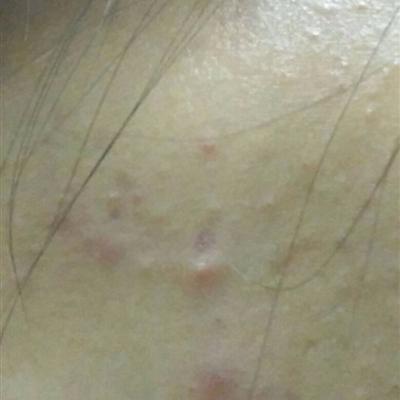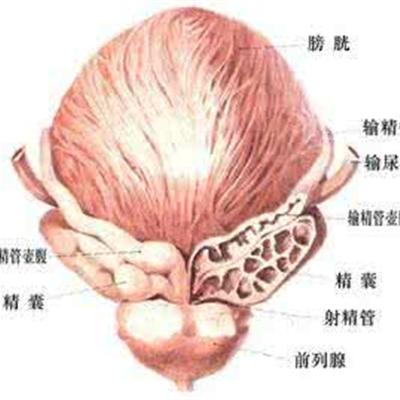How is haemorrhage after natural labor to return a responsibility
summary
In our daily life, postpartum hemorrhage is too common, postpartum hemorrhage is one of the important causes of maternal death, ranking first in China. As we all know, once a woman has postpartum hemorrhage, the prognosis is serious, the shock is heavy, and the duration is long, even if she is rescued, she may still have serious sequelae of nodular anterior pituitary dysfunction (Sheehan syndrome). Therefore, we should pay special attention to the prevention and treatment of postpartum hemorrhage. How is haemorrhage after natural labor to return a responsibility to tell everybody.
How is haemorrhage after natural labor to return a responsibility
First: after the delivery of the fetus with uterine atony, the placenta is stripped and discharged from the uterine wall, and the maternal uterine wall blood sinus is open, causing bleeding. Under normal circumstances, because of postpartum uterine cavity volume reduction, muscle fiber contraction is strengthened, so that the blood vessels interwoven in the uterine wall between muscle fibers are compressed to stop bleeding, at the same time, the blood sinus is closed, and bleeding stops. At the same time, because the blood of pregnant women is in a hypercoagulable state, a large number of platelets adhered to the endothelial collagen fibers that damaged the blood vessels after placental dissection gather to form thrombus, fibrin deposits on the platelet thrombus, forming a larger blood clot, effectively blocking the uterine blood vessels, so that there is no bleeding when the muscle fibers relax after contraction. If the uterus cannot contract and recover normally due to uterine atony after delivery, if the placenta is not stripped and the blood sinus is not opened, there will be no bleeding. If the placenta is partially stripped or stripped, uterine atony can not effectively close the blood sinus of the uterine wall at the placental attachment and cause excessive bleeding, which is the main cause of postpartum hemorrhage.

Second, soft birth canal laceration is another important cause of postpartum hemorrhage. Uterine contractility is too strong, labor progress is too fast, the fetus is too large, often can cause the fetus has not been delivered when the cervix and / or vagina laceration. Improper perineum protection and midwifery operation can also cause perineum and vagina laceration. When the perineum incision is too small, the fetus is easy to form severe perineum laceration. Premature lateral perineum incision can also cause excessive incision bleeding. Severe laceration of the perineum and vagina can extend up to the fornix, the paravaginal space, even to the pelvic wall. The deep part of the vagina is seriously torn near the fornix, and its hematoma can extend up to the broad ligament. In the process of delivery, slight laceration of the cervix is almost inevitable. Usually, the laceration is shallow and there is no obvious bleeding. Cervical laceration with more bleeding occurs when the fetus passes through the incomplete cervix too quickly. In severe cases, it may involve the vaginal fornix downward and extend up to the lower uterine segment, resulting in massive bleeding.

Third: placental factors: postpartum hemorrhage caused by placental factors, including incomplete placental dissection, retention after placental dissection, placental incarceration, placental adhesion, placental implantation, placental and (or) fetal membrane residue. Partial placental dissection and retention after dissection may be caused by uterine inertia. Placental incarceration occurs occasionally after the use of oxytocin or ergonoxine, which causes spasmodic contraction near the inner mouth of the cervix, forming a narrow ring. The placenta that has been stripped is incarcerated in the uterine cavity, hindering uterine contraction and bleeding. This narrow ring can also occur when the uterus is massaged roughly. Bladder overfilling can also hinder placental discharge, resulting in increased bleeding. All or part of the placenta adheres to the uterine wall and can not be separated by itself, which is called placenta adhesion. Part of the adhesion is easy to cause bleeding. Repeated induced abortion is easy to cause endometrial damage and endometritis. Endometritis can also be caused by other causes of infection, endometritis can cause placental adhesion.

matters needing attention
Coagulation dysfunction is a rare cause of postpartum hemorrhage. For example, blood diseases (thrombocytopenia, leukaemia, reduction of coagulation factor VII and VIII, aplastic anemia, etc.) exist before pregnancy, which are contraindications of pregnancy. Severe hepatitis, prolonged intrauterine stillbirth, placental abruption, severe pregnancy induced hypertension and amniotic fluid embolism can affect blood coagulation or cause disseminated intravascular coagulation, resulting in hemagglutination disorder, postpartum hemorrhage, non coagulation and difficult hemostasis.













